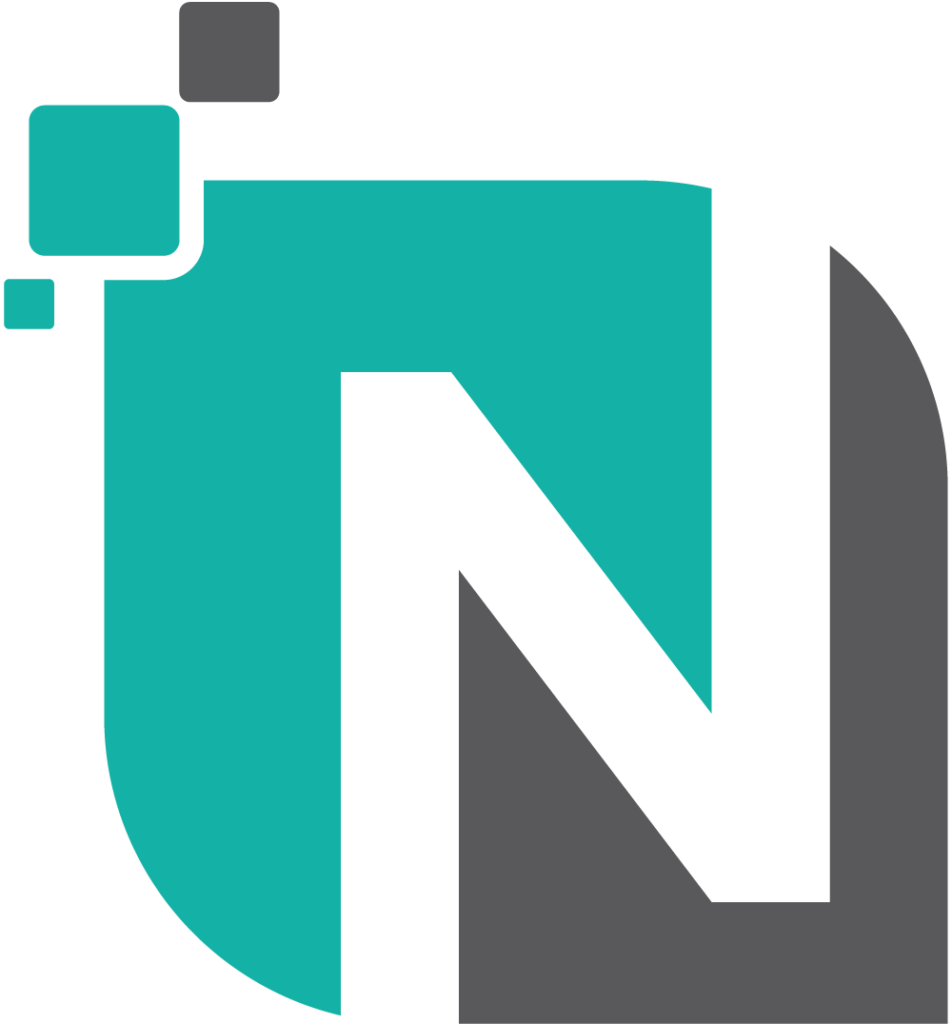Build your own databases with Neoforce: 5 inspiring examples
In today's dynamic world, it is essential to have flexible and adaptable tools that can grow with your business. Neoforce offers just that.
Neoforce's datasets module lets you create your own schemas and fields, enabling you to build all kinds of databases yourself within Neoforce. These databases, also called schemas, behave like normal entities and have their own authorisations, APIs, triggers and more. This offers unprecedented flexibility and makes Neoforce a powerful tool for your organisation.
➡️ In this blog post, we give you five inspiring examples of datasets you can build as an administrator in your own Neoforce environment.
1. Configuration management database (CMDB)
A Configuration Management Database, or CMDB, is an essential part of IT service management.
With Neoforce, you can build a CMDB that keeps track of all your IT assets and their interrelationships. This could be anything from hardware and software to network equipment and data centres. By centralising this information in Neoforce, you can better assess the impact of changes, solve problems faster and make better decisions about IT investments.
This is a convenient and useful way to streamline your IT management and ensure the smooth running of your business.
2. Visitor registration
Visitor tracking is an important aspect of operations, especially when it comes to safety and regulatory compliance.
With Neoforce, you can build a visitor registration system that keeps track of all visits to your office or event. You can create fields for the visitor's name, the purpose of the visit, the visit date and time, and the contact person. This will help you improve safety and security and meet any legal requirements for visitor registration.
3. Sales opportunities
It is important to optimise your sales process and thereby improve your sales results.
A sales opportunity database can help you do this. You can create fields for the potential customer's name, estimated deal value, sales stage, expected closing date and more. By centralising this information in Neoforce, you can better manage your sales pipeline and focus your sales efforts on the most promising opportunities.
If you also enable the bucket view, you can drag all sales opportunities through the pipeline easily and quickly!
4. Risk inventory
Risk management is a crucial part of any organisation. A risk inventory can help you identify and manage potential risks to your organisation.
You can create fields to describe the risk, probability of occurrence, potential impact, proposed mitigation measures and more. By centralising this information in Neoforce, you can proactively manage risk and protect your organisation from unforeseen events.
5. Minutes
Keeping minutes is an important aspect of business, especially when it comes to transparency and accountability.
With Neoforce, you can build a minutes database that keeps track of all your organisation's meetings and decisions. You can create fields for the meeting date and time, participants, topics discussed, decisions made and more. This helps you improve transparency and accountability within your organisation.
Links between schemes
One of Neoforce's powerful features is that you can also link and view diagrams in reverse.
For example, if you use a person in a schedule, you will also see the linked objects per schedule for that person. This also applies to customers and suppliers. This means you always have a complete overview of all linked information, which greatly simplifies the management of your data.
Timeline and notifications
Moreover, Neoforce offers the possibility to enable the timeline and tag other colleagues. These will then receive a notification. This promotes cooperation within your team and ensures that everyone is always up to date.
These are just a few examples of the types of databases you can build with Neoforce. The possibilities are almost endless. Whether you need a database for project management, customer relationship management, inventory management or something else, Neoforce gives you the flexibility to build the perfect database for your needs.
We invite you to try Neoforce today and discover how it can help your organisation.



